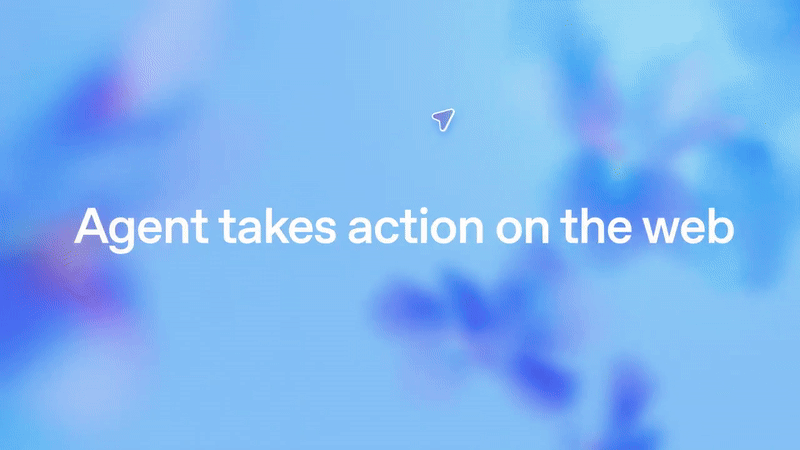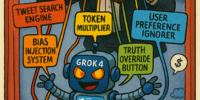OpenAI has officially launched ChatGPT Agent, turning its flagship assistant into a powerful AI agent capable of autonomously handling complex, multi-step workflows. The July 17, 2025 release marks a leap from research tools to full real-world automation, allowing ChatGPT to browse the web, execute code, and interact with services—all within a secure virtual environment.
Bridging Old Capabilities into One Agent
ChatGPT Agent unifies features from two earlier tools: Operator, which handled basic browser interactions like clicking and form-filling, and Deep Research, which could autonomously browse and analyze content over long sessions. By combining these strengths, OpenAI has built a single, agentic architecture that supports dynamic browsing, reasoning, and tool use without the limitations of previous systems.
Inside the Agent’s Architecture
At its core, the Agent operates on a virtual computer environment with:
-
A visual browser for standard websites,
-
A text browser for structured reasoning,
-
A terminal for code execution,
-
API connectors for services like Gmail and GitHub.
The system decides in real time whether to click, scrape, code, or parse, maintaining state across tools for seamless task execution.
Real-World Use Cases
The new OpenAI ChatGPT Agent can automate:
-
Calendar briefings, pulling events and related news,
-
Grocery ordering by comparing prices and placing orders,
-
Competitive market analysis, scraping sites and preparing reports,
-
Financial modeling, updating spreadsheets with live data.
These workflows blend browsing, scripting, and document creation—always with user oversight.
Bottom Line:
With OpenAI’s ChatGPT Agent, businesses and individuals gain an AI capable of bridging research, analysis, and action. It’s not just chat anymore—it’s full-scale automation.





